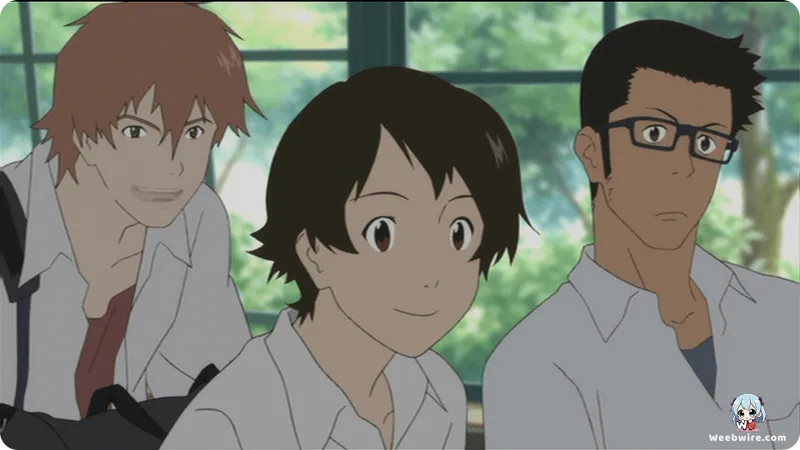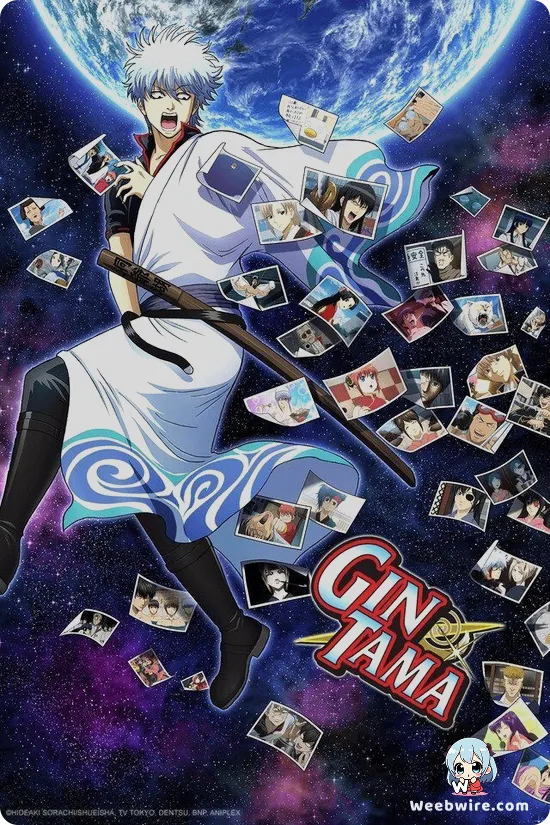Beyond the Leaps: Uncovering the Enduring Legacy of 'The Girl Who Leapt Through Time'

Mamoru Hosoda's 2006 cinematic masterpiece, 'The Girl Who Leapt Through Time,' continues to captivate audiences worldwide. Its poignant narrative, stunning animation, and profound exploration of youth, friendship, and the far-reaching consequences of choice have earned critical acclaim. Beyond its popularity, a deeper dive into its production reveals fascinating insights that enrich the viewing experience, crafting a world where a seemingly simple power leads to profound self-discovery.
Crucially, the film is a spiritual successor, not a direct adaptation, of Yasutaka Tsutsui's 1967 novel. Hosoda's brilliant sequel focuses on Makoto Konno, the spirited niece of the original protagonist, Kazuko Yoshiyama. This narrative choice allowed for fresh themes and character dynamics, honoring the source while offering Makoto's energetic perspective on time-leaping, adding significant depth.
Hosoda's directorial vision is a cornerstone of its success. 'The Girl Who Leapt Through Time' established his signature style: grounded realism intertwined with fantastical elements, deep insight into human relationships, and a focus on adolescent complexities. This triumph paved the way for him to establish Studio Chizu and direct acclaimed works like Summer Wars, Wolf Children, and Mirai. His meticulous character animation brings tangible authenticity to Makoto's endearing movements.
The film cleverly portrays Makoto's finite time-leaping ability. Unlike limitless powers, her leaps are limited, visually cued by a decreasing number on her arm, adding urgency and consequence. This forces Makoto to consider the preciousness of each leap and the true cost of altering events. This limitation transforms the narrative into a coming-of-age tale about responsibility and accepting time's irreversible flow, using sci-fi to explore universal themes of regret and the desire to fix past mistakes.
Exceptional voice acting by Riisa Naka, who perfectly captured Makoto's youthful exuberance and emotional turmoil, enhanced her relatability. The distinctive character designs by Yoshiyuki Sadamoto, renowned for his work on Neon Genesis Evangelion, provided the film's iconic visual identity, blending everyday realism with an appealing anime aesthetic.

The film's iconic soundtrack, composed by Kiyoshi Yoshida, with the soul-stirring songs 'Garnet' and 'Kawaranai Mono' by Oku Hanako, became synonymous with its emotional core. These tracks perfectly encapsulate the bittersweet nature of youth, first love, and the passage of time, leaving a lasting impression and amplifying key emotional moments.
Finally, the film's ending offers a masterclass in bittersweet resolution. Makoto and Chiaki's inevitable separation is balanced by the promise of a future meeting, instilling hope. Makoto's final declaration of determination underscores the film's central message about enduring connection and looking forward, solidifying 'The Girl Who Leapt Through Time' as a thought-provoking and emotionally resonant cinematic experience for generations.
Credits
The Girl Who Leapt Through Time
Author
Yasutaka Tsutsui
Cover Art
Yoshiyuki Sadamoto
Studio
MADHOUSE
Publisher
Kadokawa Shoten
Producers





